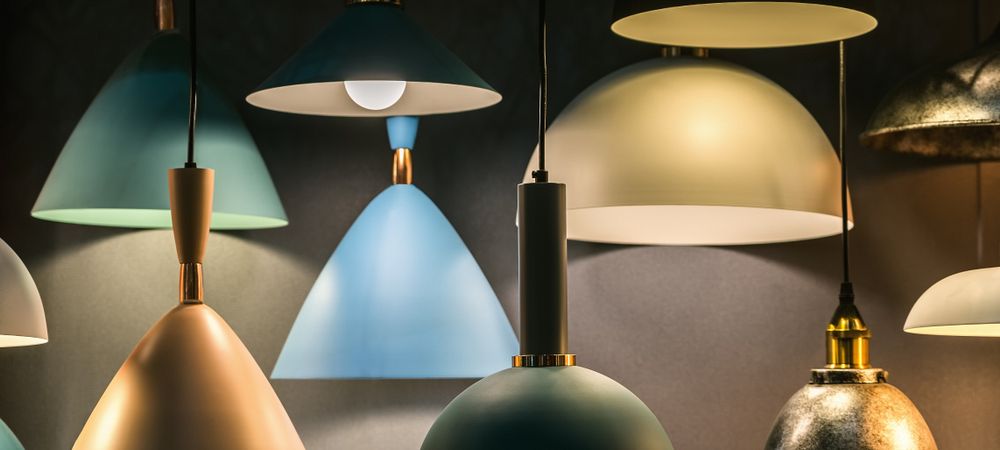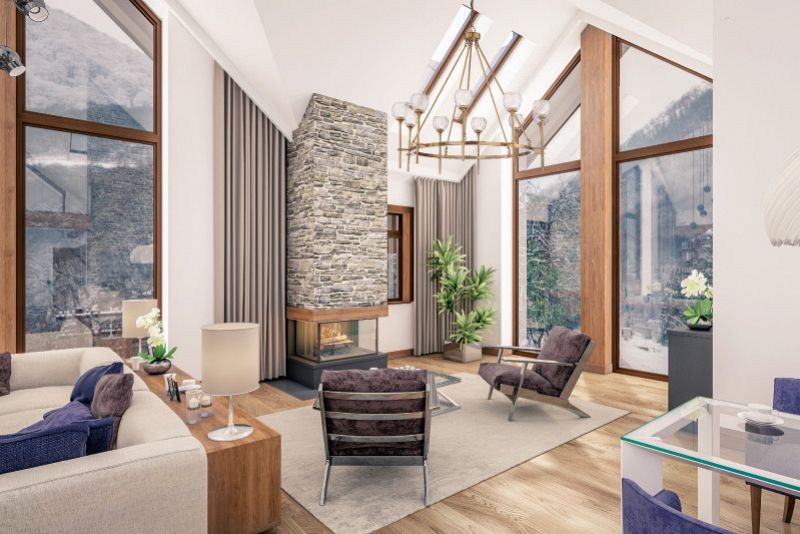
Decorative LEDs
Are LED bulbs available for decorative fixtures?
Decorative LEDs are becomming increasingly popular. There are LEDs today designed to appear in many decorative styles, from vintage Edison Bulbs, to Candelabra Bulbs, to the traditional rounded bulb appearance of incandescents we have all grown to love. You are sure to find an LED to fit any application. Your local expert at an ALA-member showroom will be able to show you all of your options!
Photo credit: Savoy House
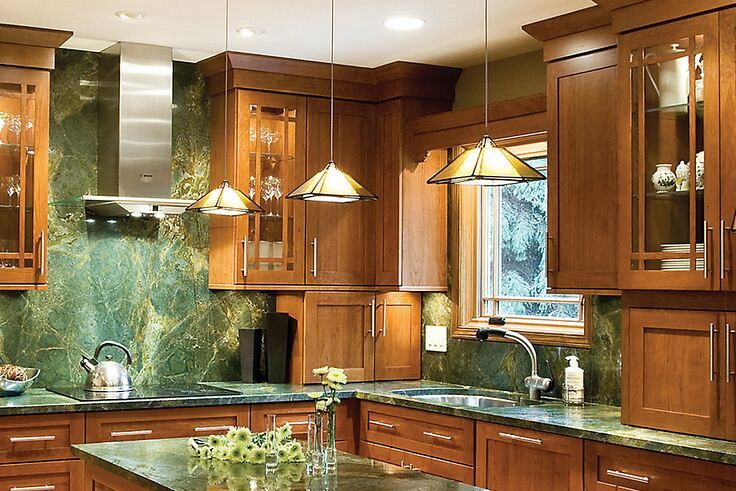
LED Temperature Conditions
Do high or low temperatures affect LEDs?
LED, in general, operate well at low temperatures, but check the bulb ratings to see the temperature range for which the bulb was designed. High temperatures can drastically shorten LED bulb life, and household bulbs should not be installed in tightly enclosed fixtures where the heat build-up might affect the bulb performance. There are LED bulbs available, however, that are rated and market for enclosed fixtures.
Photo credit: Tech Lighting
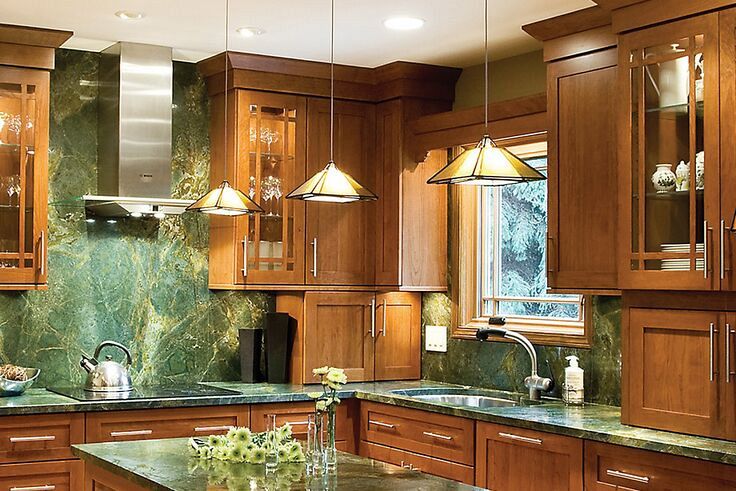
LEDs and Outdoor
Are there LEDs specifically for outdoor use?
LED bulbs are rated and marked for three types of conditions: dry, damp and wet. Bulbs rated for wet conditions can be used in sockets exposed to rain and snow. If the bulb or carton is not marked, assume the bulb can only be used in dry situations.
Photo credit: Hinkley Lighting
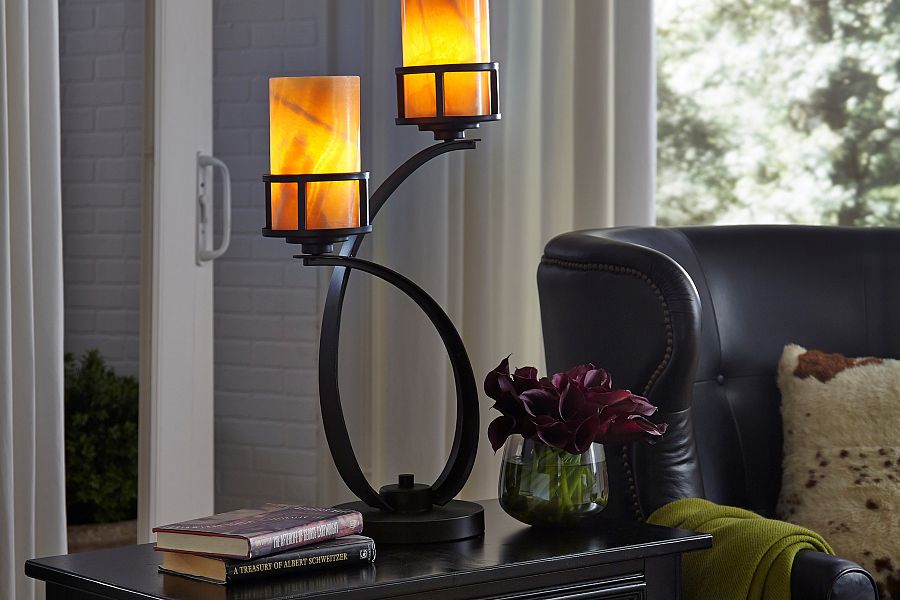
LED Compatibility
LEDs and traditional "three-way" switches?
There are LED bulbs available with a special base that allows them to be installed in a standard three-way socket that switches output from low, to medium, to high.
Photo credit: Quoizel

LED Safety
Are there any harmful materials in LED bulbs?
LED bulbs are electronic products and the materials are similar to what is used for cell phones, TVs and other electronic devices. LED bulbs contain glass, metal and plastics that can - and should - be recycled.
Photo credit: Nora Lighting
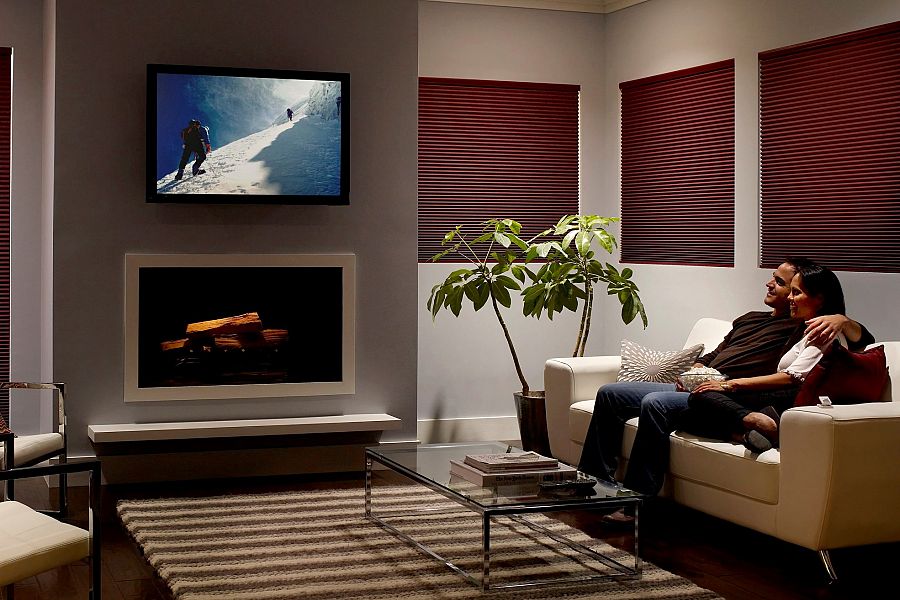
LED Interference
Do LED bulbs generate radio/TV interference?
LED bulbs can generate a small amount of radio frequency interference (RFI), but amounts are strictly limited. Look at the LED bulb or carton to verify that a particular bulb has been tested to meet RFI emission limits. There will be a symbol indicating that hte product was tested or a notice with wording, such as that shown below:
Photo credit: Lutron
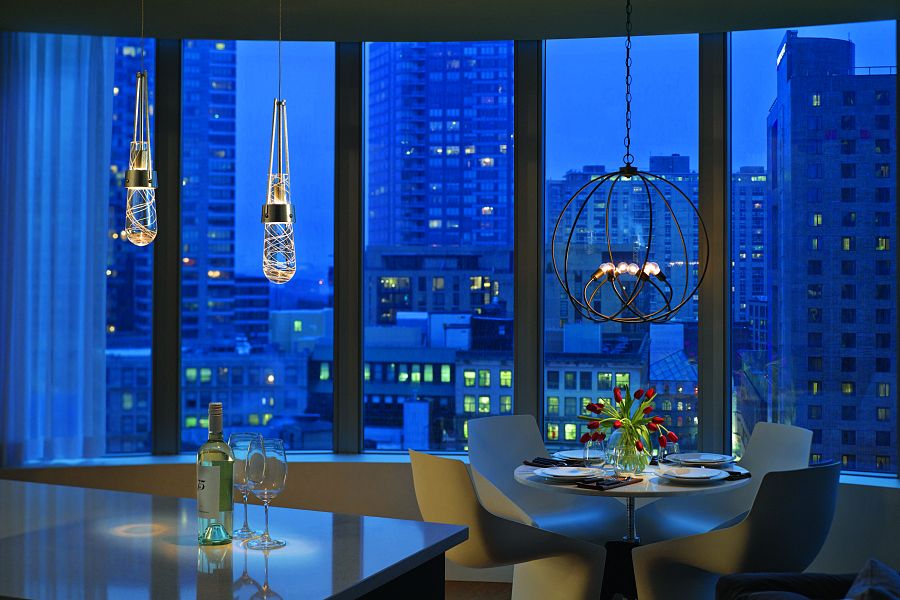
LED Lifespan
How long do LEDs last?
The short answer is 10 - 20 years for home applications where the LED bulb is normally burned for the typical 1 - 3 hours/day. The rated life of an LED bulb is based upon burning hours, and typically life ratings for LED household bulbs are 10,000 hours or more, with some rating as long as 40,000 - 50,000 hours starting in 2017. However, LED bulbs are not likely to fail by simply burning out. It is more likely that they will just gradually get dimmer over time. To claim a rated life of 15,000 hours, for example, Energy Star-qualified bulbs must pass sample tests that require they produce no less than 93.1 percent of their initial light output after they have been burning for 3,000 hours.
Photo credit: Hubbardton Forge
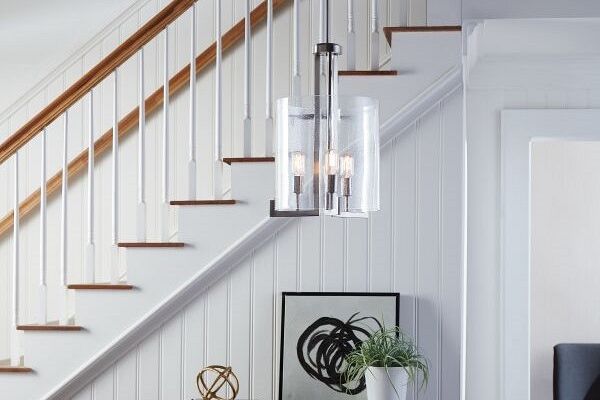
Light Bulb Efficiency
How is the efficiency of a light bulb measured?
Efficiency (or efficacy) is the light output of the bulb (lumens) divided by its power input (watts), i.e. lumens per watt. The standard household bulb of a few years ago rated for 60 watts generated 800 lumens and had an efficacy of about 13 lumens/watt. Today, and LED bulb rated for 800 lumens would draw about 8 watts, for an efficacy of 100 lumens/watt, making it significantly more efficient!
Photo credit: Seagull Lighting
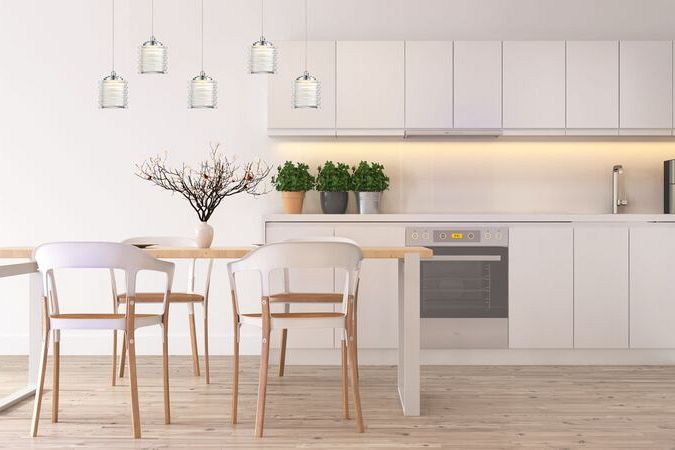
Oven Lights and LEDs
Can a CFL or LED replace an oven bulb?
If the bulb in your oven has burned out, a CFL or LED bulb cannot be used as a replacement. Both CFL and LED bulbs contain electronic circuitry, which would fail at oven temperatures. Instead, use a specifically market incandescent or halogen incandescent bulb.
Photo credit: Eurofase Lighting

LEDs and Dimming
Finding Compatible Dimmers
Dimmers come in several types. If you have a dimmable LED bulb in a fixture with a dimmer switch and it isn't working, you may have a dimmer taht is not compatible with that particular LED bulb. If you know the type of dimmer that you have (manufacturer and model) check the dimmer manufacturer's website for a list of compatible LED bulb types.
Photo credit: Satco

What color bulb is best?
Light bulbs come in a choice of colors now; which color is best?
Check the "Lighting Facts" label on the bulb carton. The label is required for all bulbs sold at retail for residential use and provides operating information, as well as color information about the light from the bulb. Color information is shown as "light appearance." A bulb that provides "warm" light with a rating of 2700 to 3000K (K stands for Kelvins) will closely match the color of a standard incandescent bulb. Bulbs with higher Kelvin ratings, such as 4000 or 5000K, will appear blue-white or "cool." See the bulb lit before buying it if you can.

Watts up with Lumens?
Light bulbs are now market with lumens rather than watts...why the change?
Watts only measure the amount of power a bulb draws. Bulbs with the same wattage may put out very different amounts of light. Lumens tell you how much light a bulb emits.
Photo credit: Golden Lighting
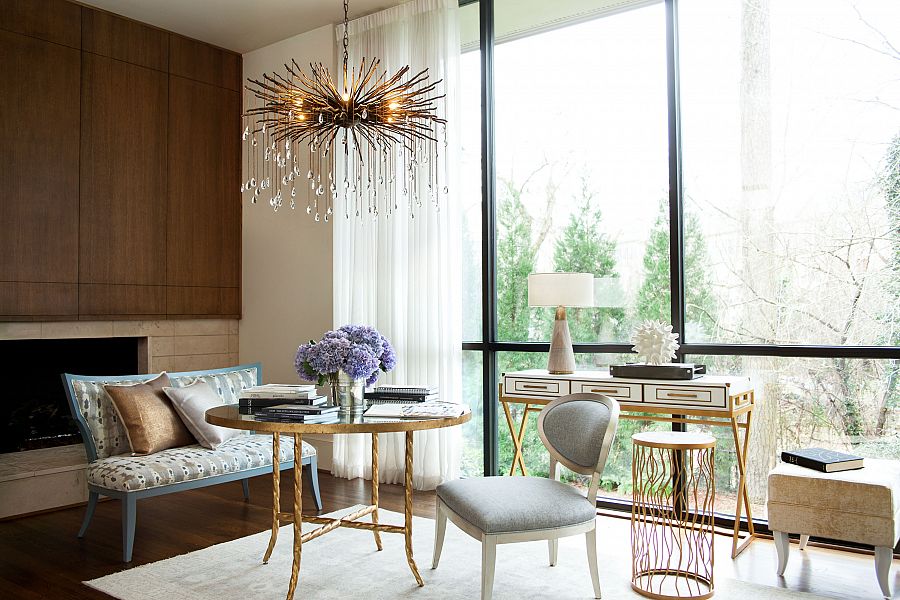
What Should I Look for in a Light Bulb?
Check light bulb packaging for the following:
- Lumens: How bright is the bulb?
- Color: Is the light from the bulb a warm 2700K or a cool 4000K?
- CRI: Does the bulb render colors beautifully? 80+ is good, 90+ is great!
- Dimmable: Can I use teh bulb with a dimmer switch? What type of dimmer is compatible?
Photo credit: Currey and Company

Types of Bulbs
There are three basic bulbs available for home lighting today
1. Halogen incandescent - Very similar to the traditional household incandescent bulb, except that it is somewhat more efficient.
2. CFL (Compact Fluorescent) - The CFL is more effcient still than the halogen incandescent, but its use is expected to decline due to the growing popularity of LEDs.
3. LED - Today, the LED bulb is the most efficient, longest lasting, and often the most suitable for home lighting. The new models look very similar to traditional bulbs. The slightly higher upfront cost of these bulbs is mitigated by their very long life.
Photo credit: Hubbardton Forge

